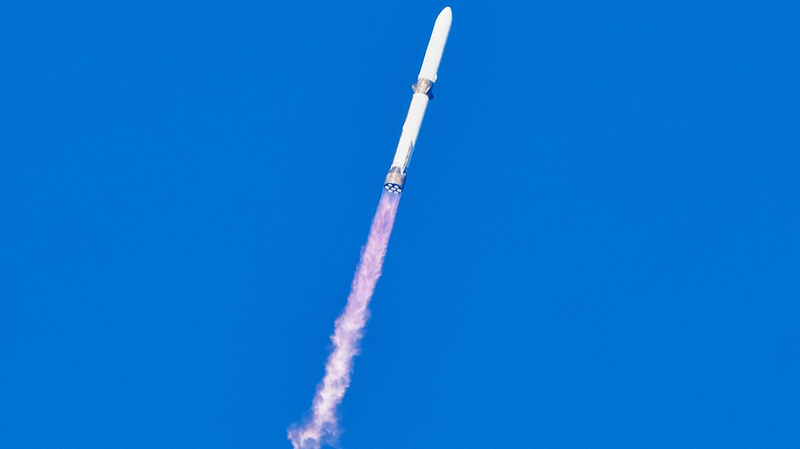Rethinking the 'Threat' Narrative
In a world where technology headlines can spark fear overnight, the story of China’s rapid rise in artificial intelligence has become a prime example of how narrative shapes perception. The launch of DeepSeek, a large language model from the Chinese mainland, was met not just with curiosity but with claims of 'copycat growth' and warnings of a looming tech threat.
Debunking the 'Threat' Script
In January 2025, a statement from OpenAI accused firms of distilling advanced US AI models and called for tighter US government collaboration to counter these alleged risks. Shortly after, a former White House AI advisor argued that DeepSeek may have used model distillation to accelerate its evolution and chip efficiency, yet still trails top US models by months. He warned that the Chinese mainland could harness AI for military and economic gains if left unchecked.
Unpacking Model Distillation
Model distillation is often framed as proof of unfair copying, but it is in fact a global engineering standard used by Google, Microsoft, Meta and others. This technique optimizes large models for efficiency without reproducing source code or internal designs. Turning a routine method into evidence of theft blurs the line between legitimate innovation and misconduct.
Innovation Forged Under Pressure
Labeling DeepSeek as a simple imitation overlooks its genuine R&D achievements. From advanced scheduling of training resources to computing power optimization and a proprietary evaluation system, DeepSeek reflects independent problem solving. Industry experts point out that export controls on advanced chips have spurred homegrown solutions, boosting resilience and ingenuity.
Numbers Tell a Different Story
According to the Stanford AI Index Report 2025, research papers from the Chinese mainland account for 23.2 percent of the global total, with citations exceeding 22 percent. The Chinese mainland also ranks among the top globally in AI patent authorizations. These figures underline sustained investment and the growth of systematic R&D capabilities.
Toward Fair Competition
When framings trump facts, suspicion replaces open dialogue. AI progress should be judged on benchmarks and data, not on origin or fear-driven labels. The world now faces a choice: sow division through politicized narratives or foster transparency, fair competition and collaboration for shared progress.
Reference(s):
Innovation or 'theft'? Rethinking the narrative on China's AI progress
cgtn.com




